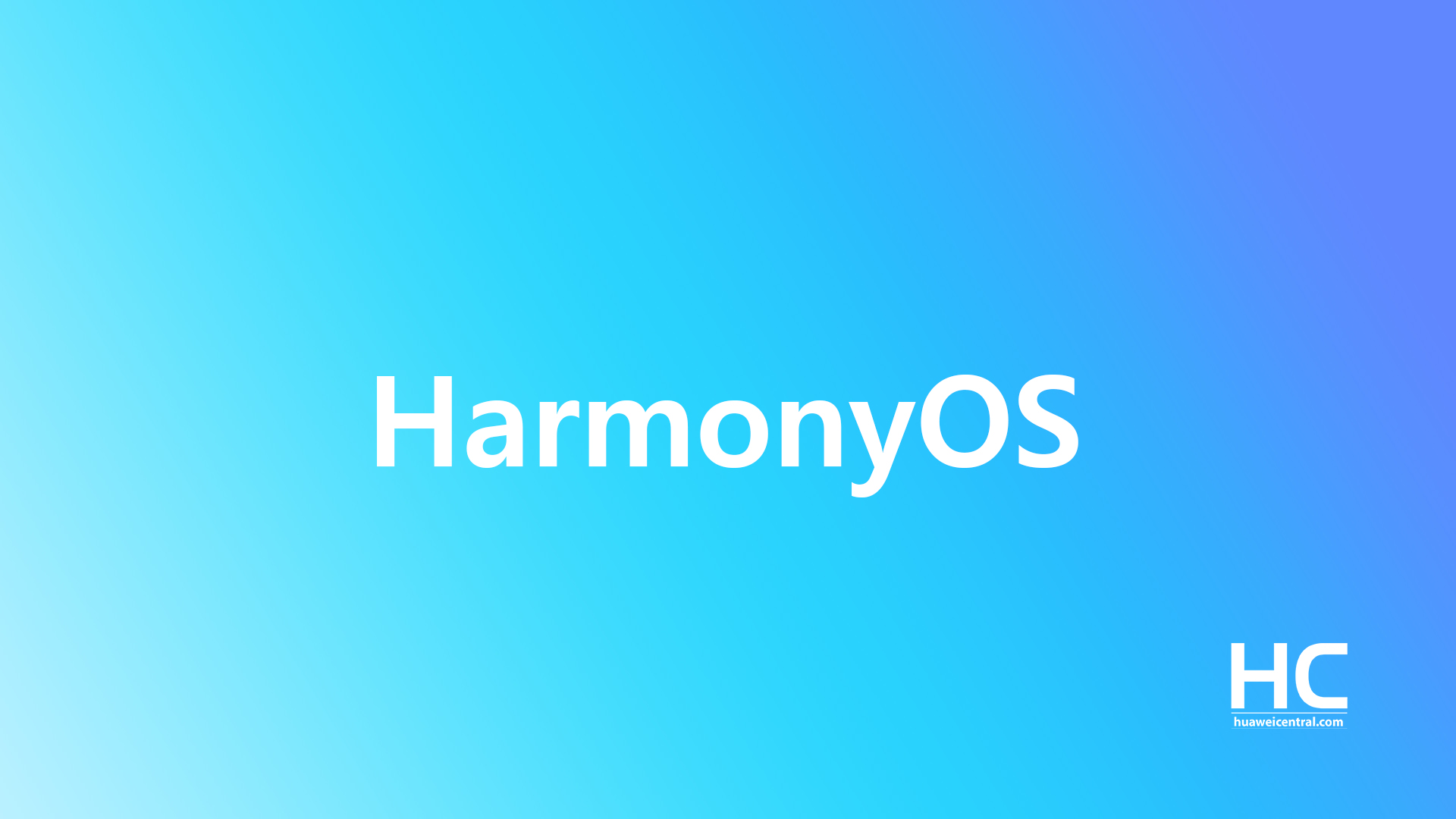EMUI
HarmonyOS: Here are the four technical features that defines this Operating System

On August 9, 2019, at the Huawei Developer Conference, Huawei launched HarmonyOS – a new microkernel-based, distributed operating system designed to deliver a new user experience across all devices and scenarios.
HarmonyOS is tested on Huawei smartphones, migration will be easy if prohibited from using Android
According to Huawei, HarmonyOS was designed with four distinct technical features that define its promising experience.
1. Seamless:
By adopting distributed architecture and distributed virtual bus technology, HarmonyOS offers a shared communications platform, distributed data management, distributed task scheduling, and virtual peripherals. With HarmonyOS, app developers won’t have to deal with the underlying technology for distributed apps, allowing them to focus on their own individual service logic. Developing distributed apps will be easier than ever before. Apps built on HarmonyOS can run on different devices while delivering a seamless, collaborative experience across all scenarios.
2. Smooth:
HarmonyOS will address underperformance challenges with a Deterministic Latency Engine and high-performance Inter Process Communication (IPC). The Deterministic Latency Engine sets task execution priorities and time limits for scheduling in advance. Resources will gravitate toward tasks with higher priorities, reducing the response latency of apps by 25.7%. The microkernel can make IPC performance up to five times more efficient than existing systems.
3. Secure:
HarmonyOS uses a brand-new microkernel design that features enhanced security and low latency. This microkernel was designed to simplify kernel functions, implement as many system services as possible in user mode outside the kernel, and add mutual security protection. The microkernel itself provides only the most basic services like thread scheduling and IPC.
Harmony OS’s microkernel design uses formal verification methods to reshape security and trustworthiness from the ground up in a Trusted Execution Environment (TEE). Formal verification methods are an effective mathematical approach to validate system correctness from the source, while traditional verification methods, such as functional verification and attack simulation, are confined to limited scenarios. Formal methods, by contrast, can use data models to verify all software running paths.
HarmonyOS is the first OS to use formal verification in device TEE, significantly improving security. Besides, because the HarmonyOS microkernel has much less code (roughly one-thousandth the amount of the Linux kernel), the probability of an attack is greatly reduced.
4. Unified:
Powered by a multi-device IDE, multi-language unified compilation, and a distributed architecture kit, HarmonyOS can automatically adapt to different screen layout controls and interactions, and support both drag-and-drop control and preview-oriented visual programming. This allows developers to more efficiently build apps that run on multiple devices. With a multi-device IDE, developers can code their apps once and deploy them across multiple devices, creating a tightly integrated ecosystem across all user devices.
The HUAWEI ARK Compiler is the first static compiler that can perform on par with Android’s virtual machine, enabling developers to compile a broad range of advanced languages into machine code in a single, unified environment. By supporting unified compilation in multiple languages, the HUAWEI ARK Compiler will help developers greatly improve their productivity.







